Your opportunity to enter and spread in global markets
Discovery MorePremium Acrylic Varnish – High-Gloss Protection for Surfaces that Shine
Multy Color
Description
Acrylic Varnish – The Ultimate Protective Finish for Artistic and Industrial Applications
In the world of modern coatings and protective finishes, acrylic varnish stands out as one of the most versatile and widely used solutions across the art, construction, craft, and manufacturing sectors. Thanks to its exceptional clarity, quick drying time, and protective properties, acrylic varnish has become an essential material for artists, builders, craftsmen, furniture makers, and industrial producers alike. This comprehensive guide explores its composition, types, uses, benefits, technical specs, safety standards, and best application practices.
1. What is Acrylic Varnish?
Acrylic varnish is a clear protective coating primarily made from acrylic resins. These synthetic polymers are suspended either in water (for water-based formulations) or solvents (for solvent-based types). When applied to surfaces, it forms a thin, durable film—often UV-resistant—that protects underlying materials from moisture, dust, environmental damage, and physical wear.
It is widely used to seal paintings, wood surfaces, crafts, prints, and even industrial products, offering a balance between gloss, clarity, flexibility, and protection.
2. Composition of Acrylic Varnish
High-quality acrylic varnish typically consists of:
- Acrylic polymer emulsions (core resin component)
- Defoamers
- UV stabilizers and absorbers
- Flow modifiers and thickeners
- Biocides (to prevent microbial growth)
- Distilled water or safe solvents
Ingredient selection impacts drying time, finish type (glossy, satin, or matte), yellowing resistance, and substrate adhesion.
3. Key Features of Acrylic Varnish
- Non-yellowing: Retains transparency over time
- Fast-drying: Touch-dry in minutes; cures in hours
- UV protection: Prevents color fading
- Water-resistant: Shields against moisture
- Flexible film: Adapts to material expansion and contraction
- Low VOC options: Available for eco-conscious applications
- Surface compatibility: Works on wood, paper, canvas, stone, ceramics, plastic, and more
4. Types of Acrylic Varnish
- Gloss: Shiny finish, enhances color depth
- Matte: Flat, non-reflective look
- Satin: Balanced sheen with minimal glare
- Removable: Temporary protection; removable with mild solvents
Each type suits different artistic or industrial needs.
5. Applications
- Fine Art: Protects acrylic/oil paintings
- Craft Projects: Seals scrapbooks, DIY art
- Wood Finishing: Preserves and enhances grain
- Decor Surfaces: Used on ceramics, glass, tiles
- Industrial Use: Coats plastic parts, signage
- Architecture: Outdoor murals, facades
6. Benefits
- Preserves surface from scratches, moisture, and aging
- Maintains color vibrancy
- Easy to apply (brush, spray, roller)
- Long-lasting and durable
- Some types are reversible without surface damage
7. Use in Fine Art
Artists rely on acrylic varnish to:
- Preserve artwork
- Unify gloss levels
- Protect from pollutants and abrasion
Tips:
- Wait 72 hrs after painting to apply
- Use soft brushes or airbrush
- Apply thin layers
8. Use in Woodworking
Used to:
- Highlight grain
- Protect from humidity
- Enhance appearance
Steps:
- Sand and clean
- Apply base coat
- Lightly sand between coats
- Apply 2–3 coats
9. Technical Specs
| Property | Description |
|---|---|
| Finish Type | Gloss / Matte / Satin |
| Surface Dry Time | 10–20 minutes |
| Full Cure Time | 24–48 hours |
| Application Methods | Brush, Roller, Spray |
| VOC Content | <50 g/L (water-based) |
| Recoat Time | 1–2 hours |
| Coverage | 10–12 m² per liter |
10. Safety & Environment
Modern acrylic varnish is:
- Low-odor and low-VOC
- Solvent-free
- Safe for indoor use
- Non-toxic and non-flammable once cured
Precautions:
- Ensure ventilation
- Avoid contact with eyes/skin
- Keep away from children/pets
11. Troubleshooting
- Cloudy finish: Caused by humidity or thick coats
- Bubbling: Stir gently; don’t shake
- Streaks: Use quality applicators
- Dust inclusion: Dry in a dust-free zone
12. Comparison Table
| Feature | Acrylic Varnish | Polyurethane | Lacquer | Shellac |
| Drying Time | Fast | Moderate | Very Fast | Moderate |
| Yellowing | No | Sometimes | Yes | Yes |
| Odor | Low | High | High | Moderate |
| Cleanup | Water | Solvent | Solvent | Alcohol |
| UV Resistance | Excellent | Good | Poor | Poor |
13. Maintenance
- Wipe gently with damp cloth
- Avoid abrasives
- Reapply every few years (high-traffic)
Durability: 5–10 years depending on conditions
14. Popular Brands
- Golden Polymer
- Liquitex Professional
- Winsor & Newton Galeria
- Mod Podge Sealer
- Minwax Polycrylic
15. Packaging & Storage
- Sizes: 100ml to 25L
- Forms: Bottles, Spray Cans, Industrial Drums
Storage:
- Cool, dry place (5°C–30°C)
- Reseal tightly
- Use within 1–2 years
16. Choosing the Right Type
- Art: Archival, removable, UV-protected
- Crafts: Water-based with satin/gloss
- Furniture: Heavy-duty formulas
- Outdoors: Weather/UV-resistant
17. Expert Tips
- Test on small area first
- Avoid direct sunlight during application
- Stir, don’t shake
- Clean surface before coating
18. Science Behind It
- Acrylic polymers form flexible, cross-linked films
- Additives optimize strength, clarity, leveling
19. Sustainability
- Bio-based resins
- Recyclable packaging
- Certified by Green Seal / ECOCERT
20. Innovation Trends
- Nano-enhanced for better resistance
- Biodegradable packaging
- Smart coatings (color/texture reactive)

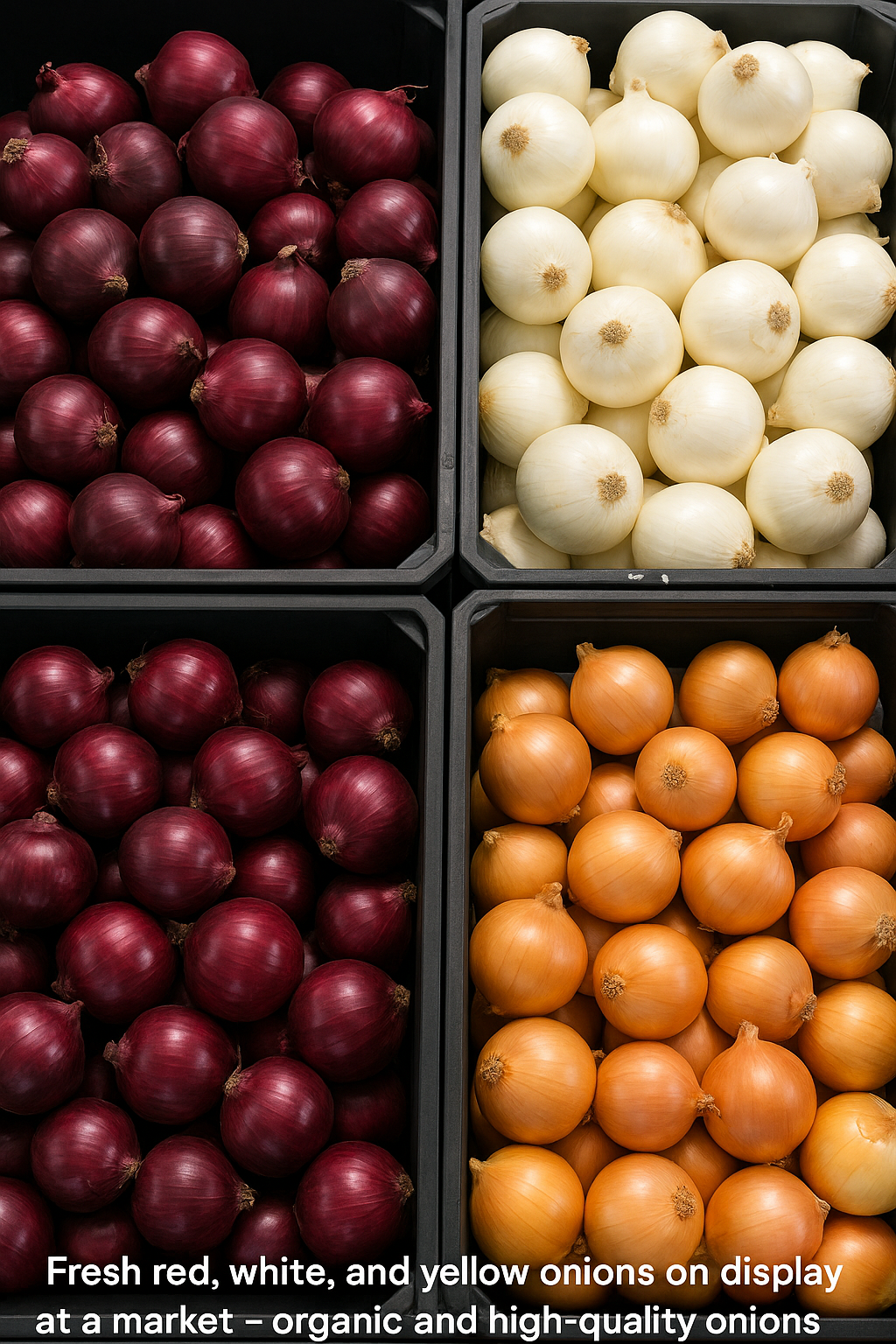
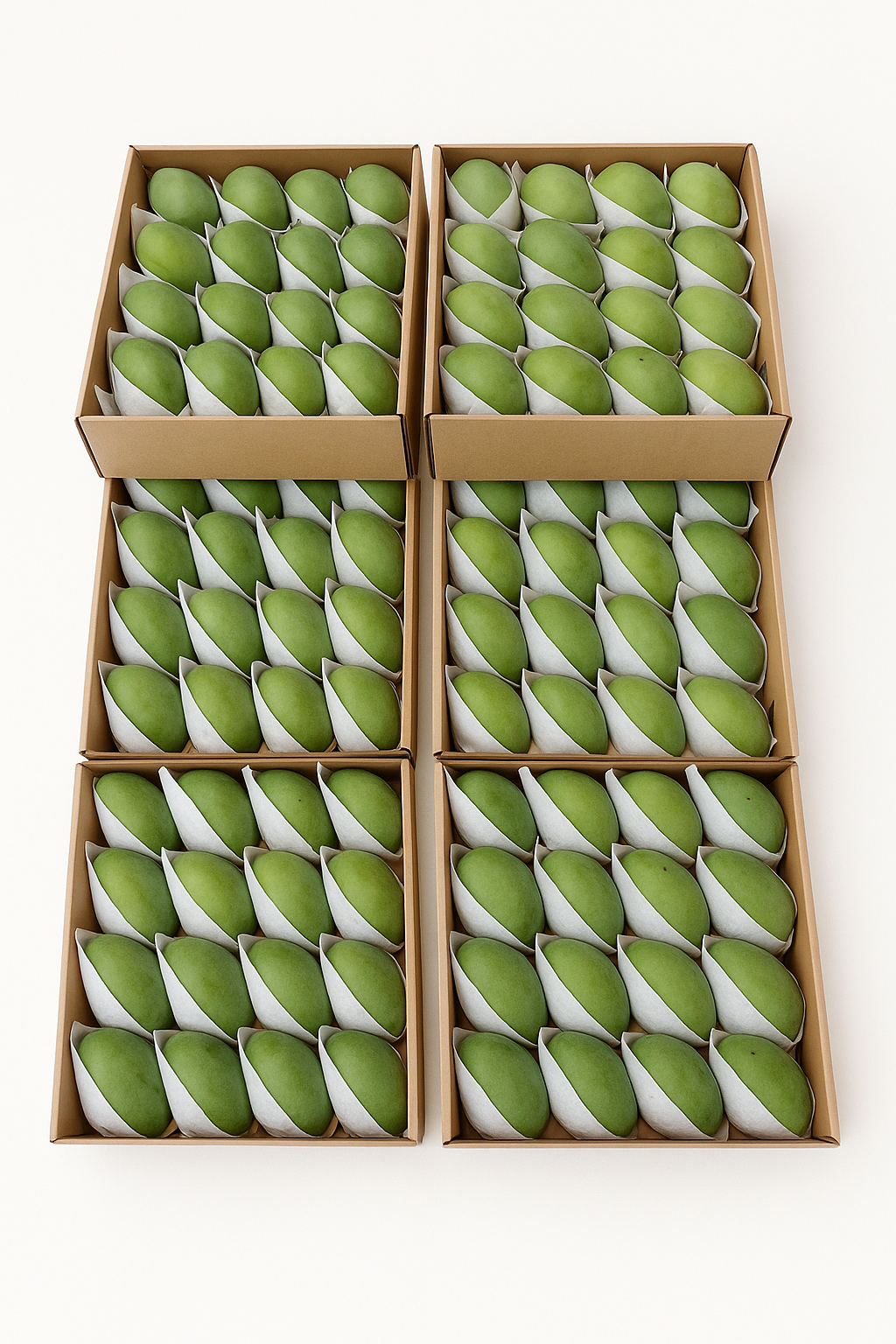
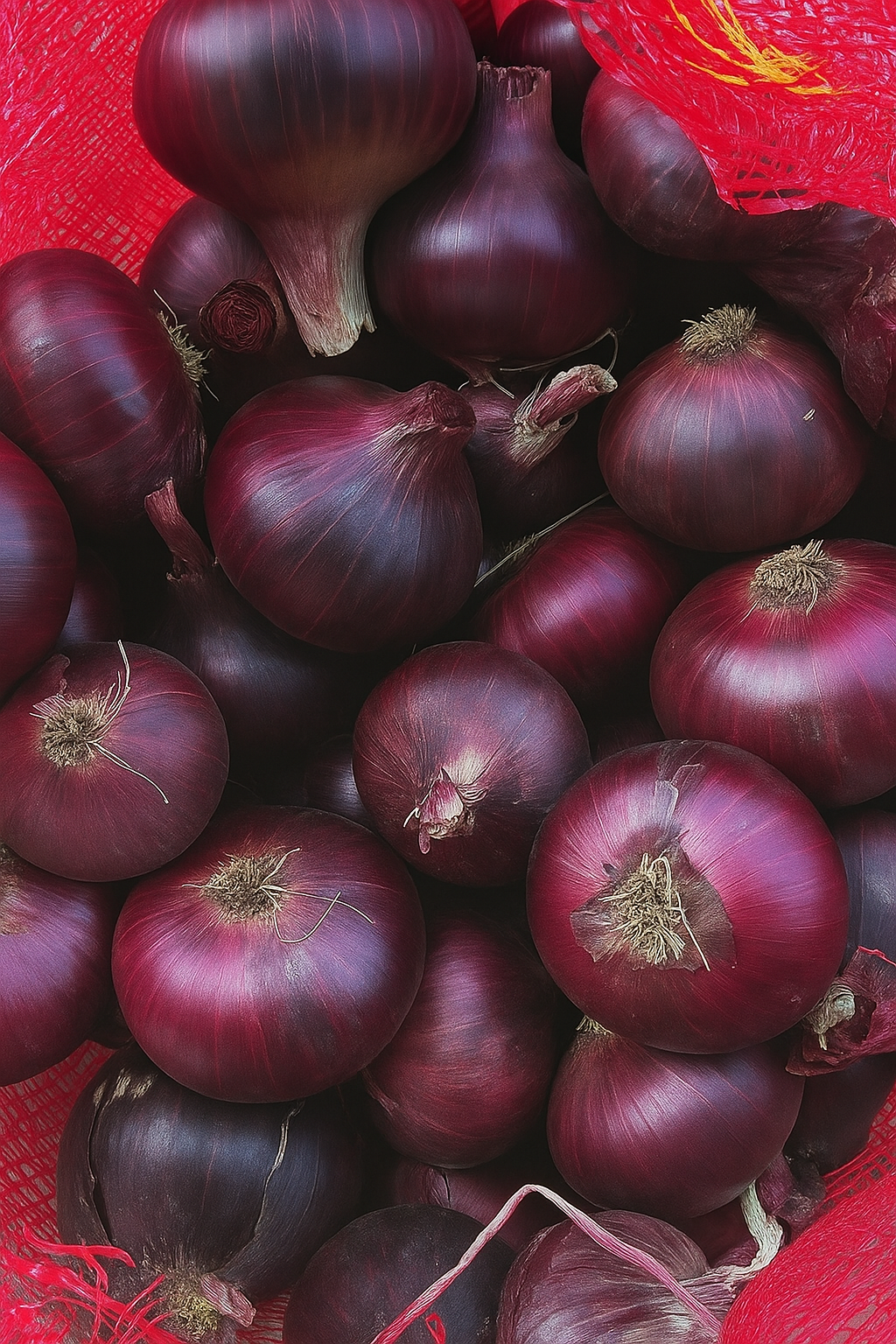
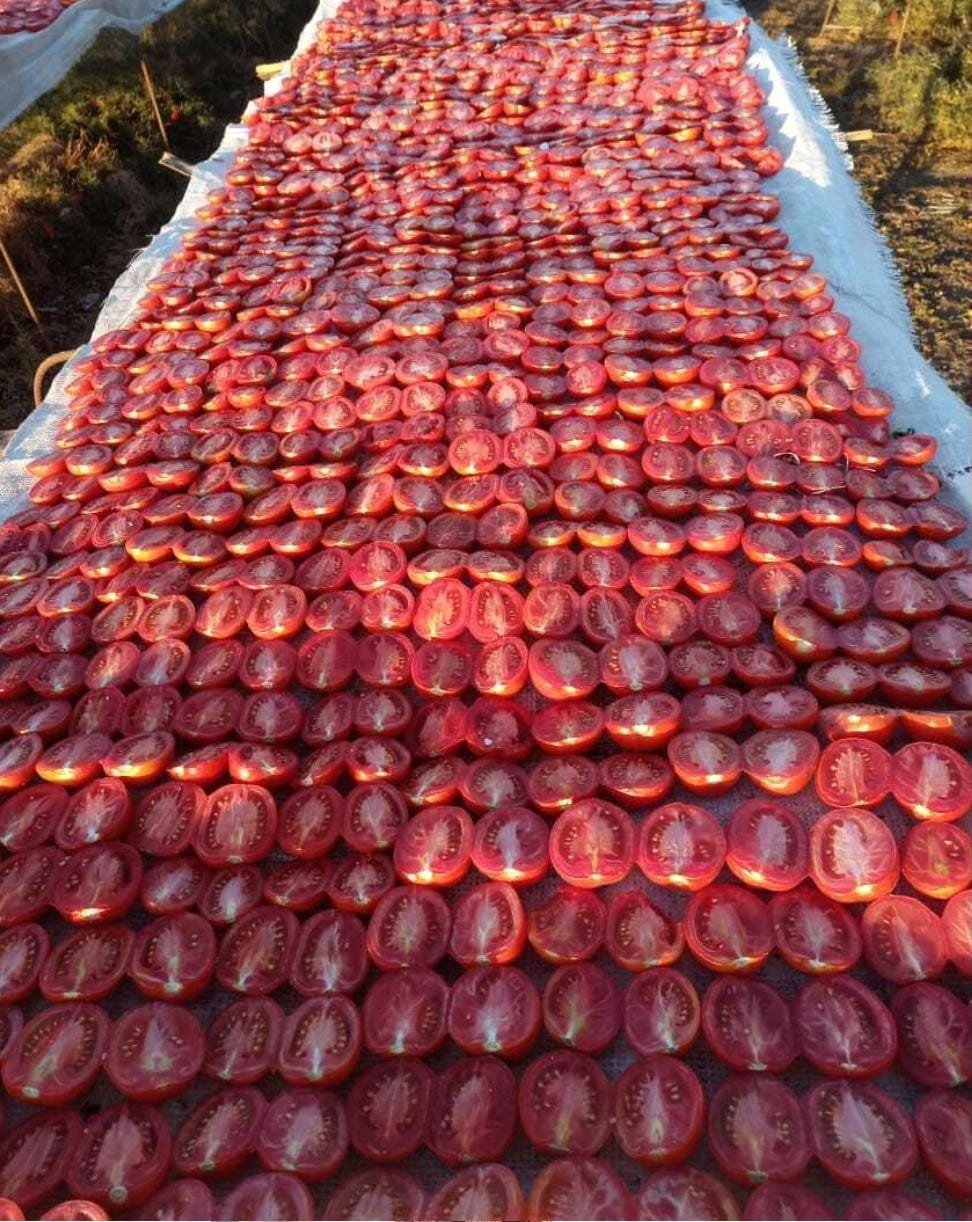
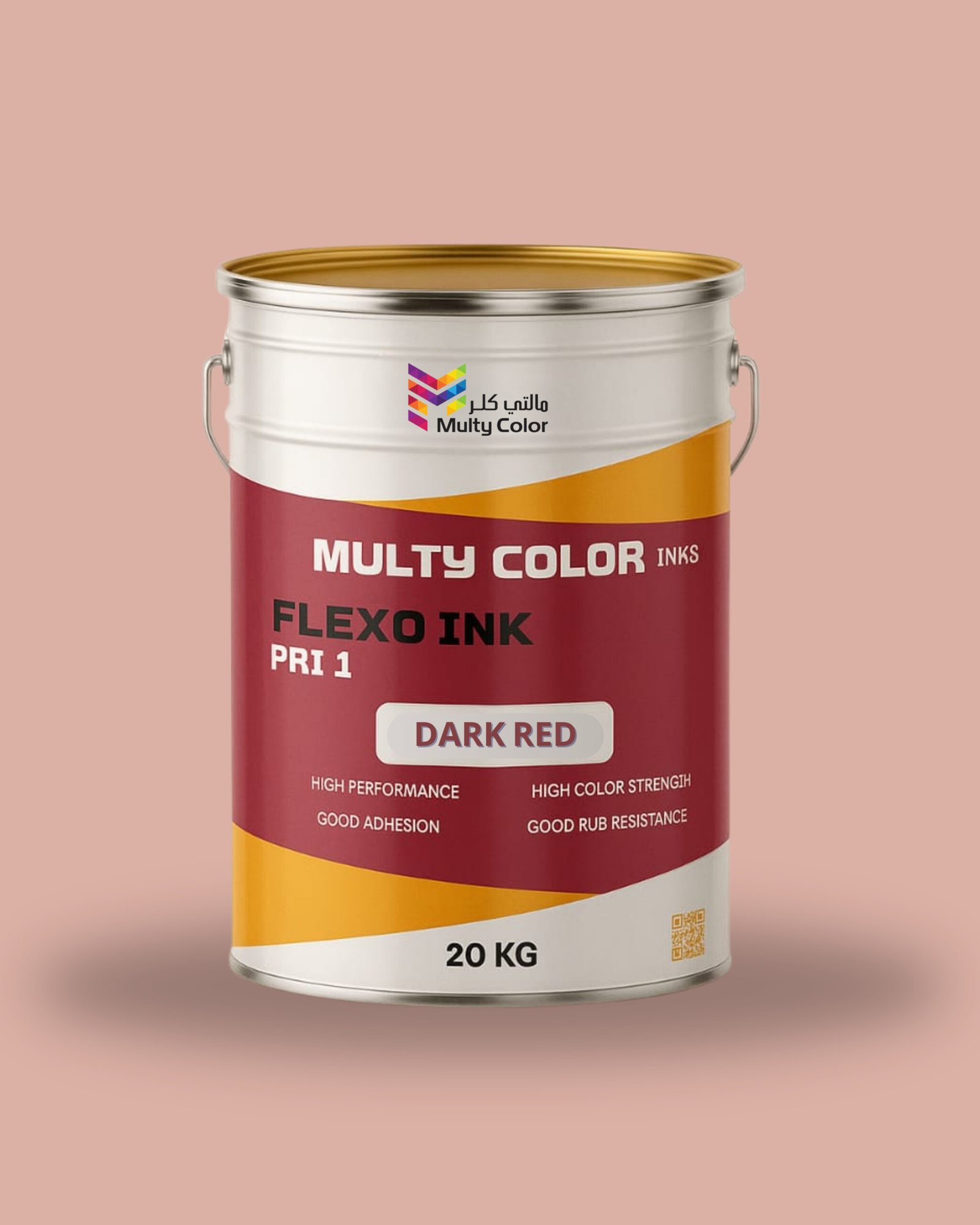
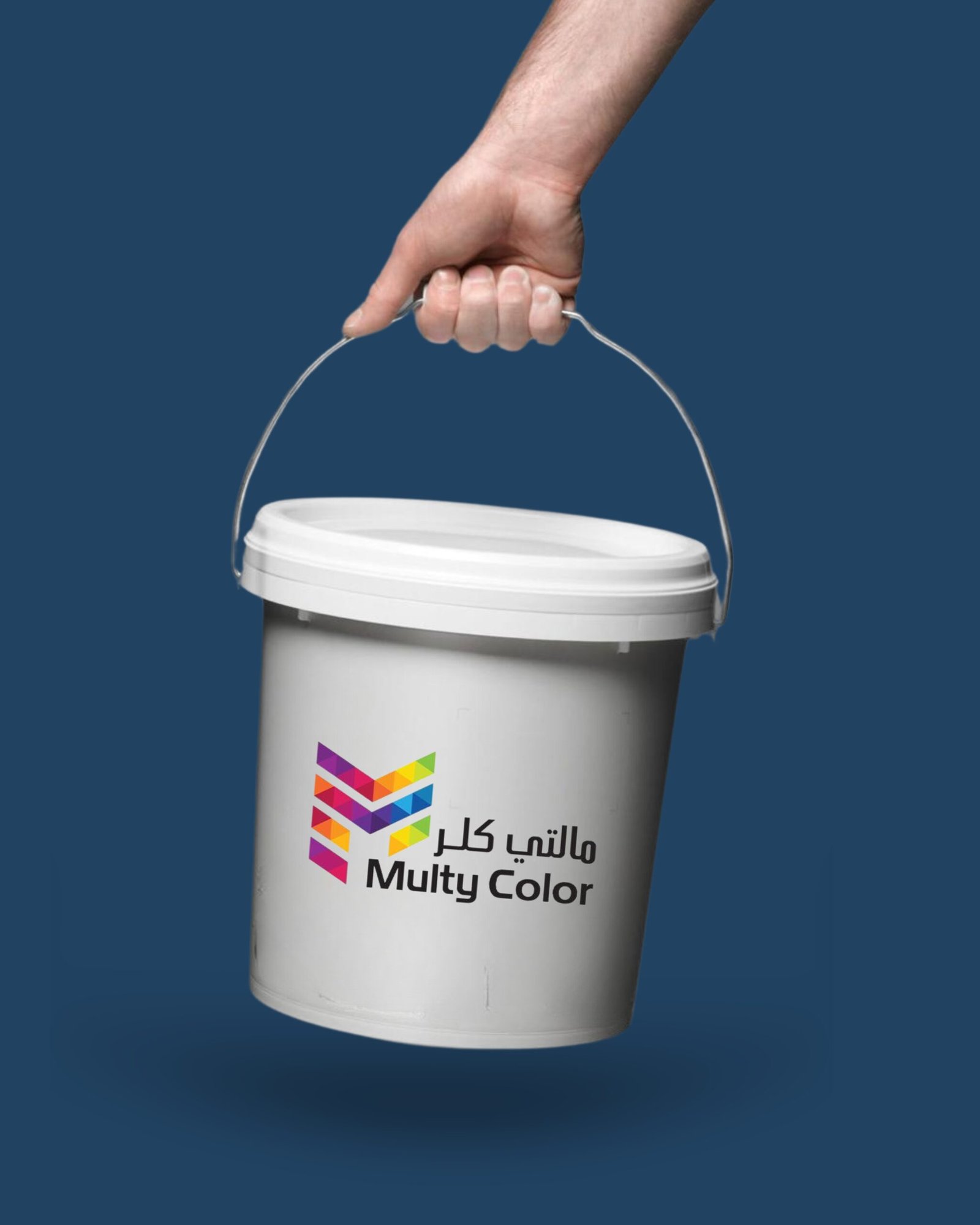

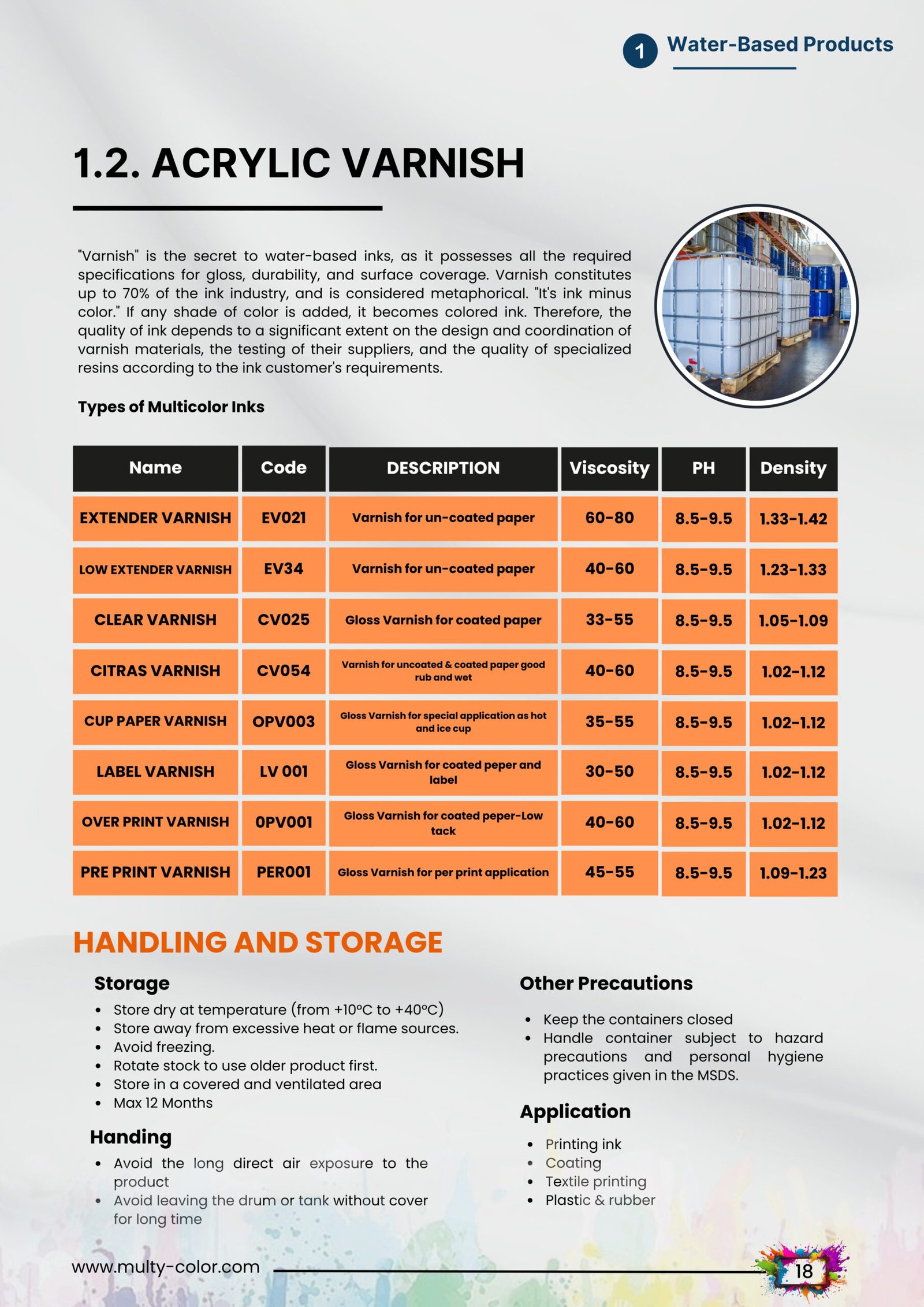



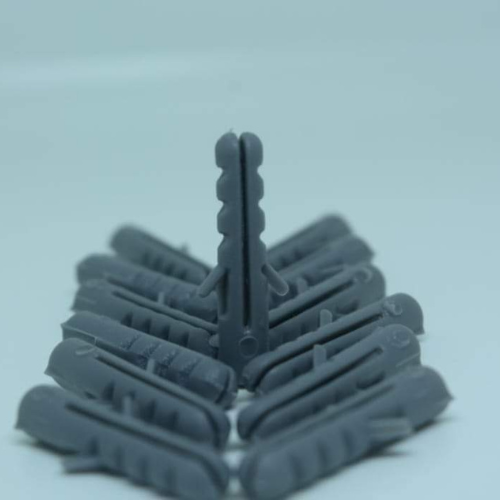
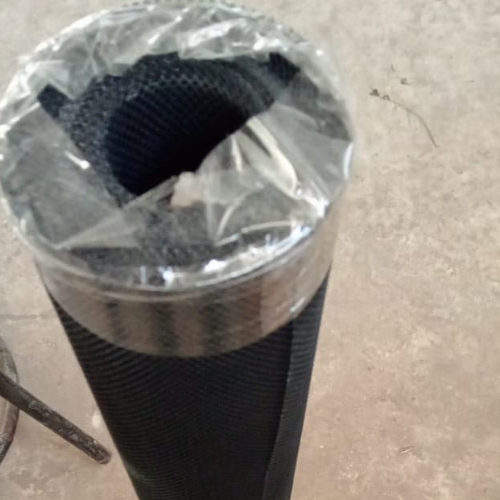
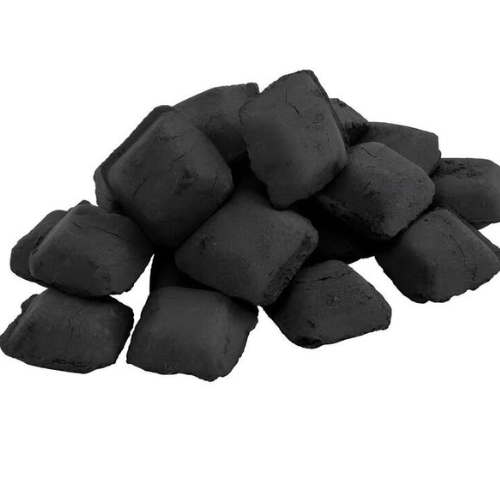
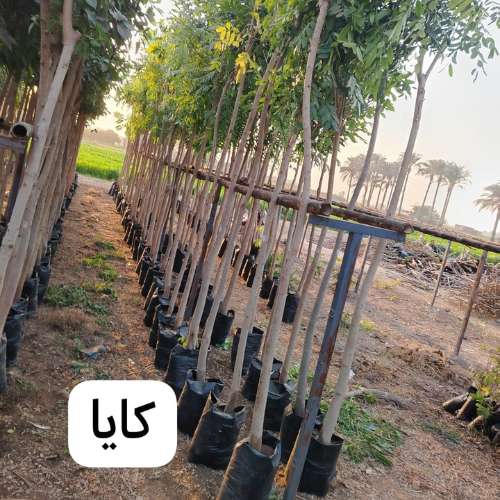
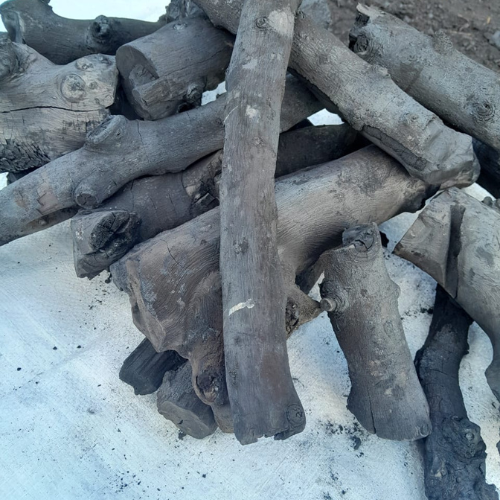
Reviews
There are no reviews yet.